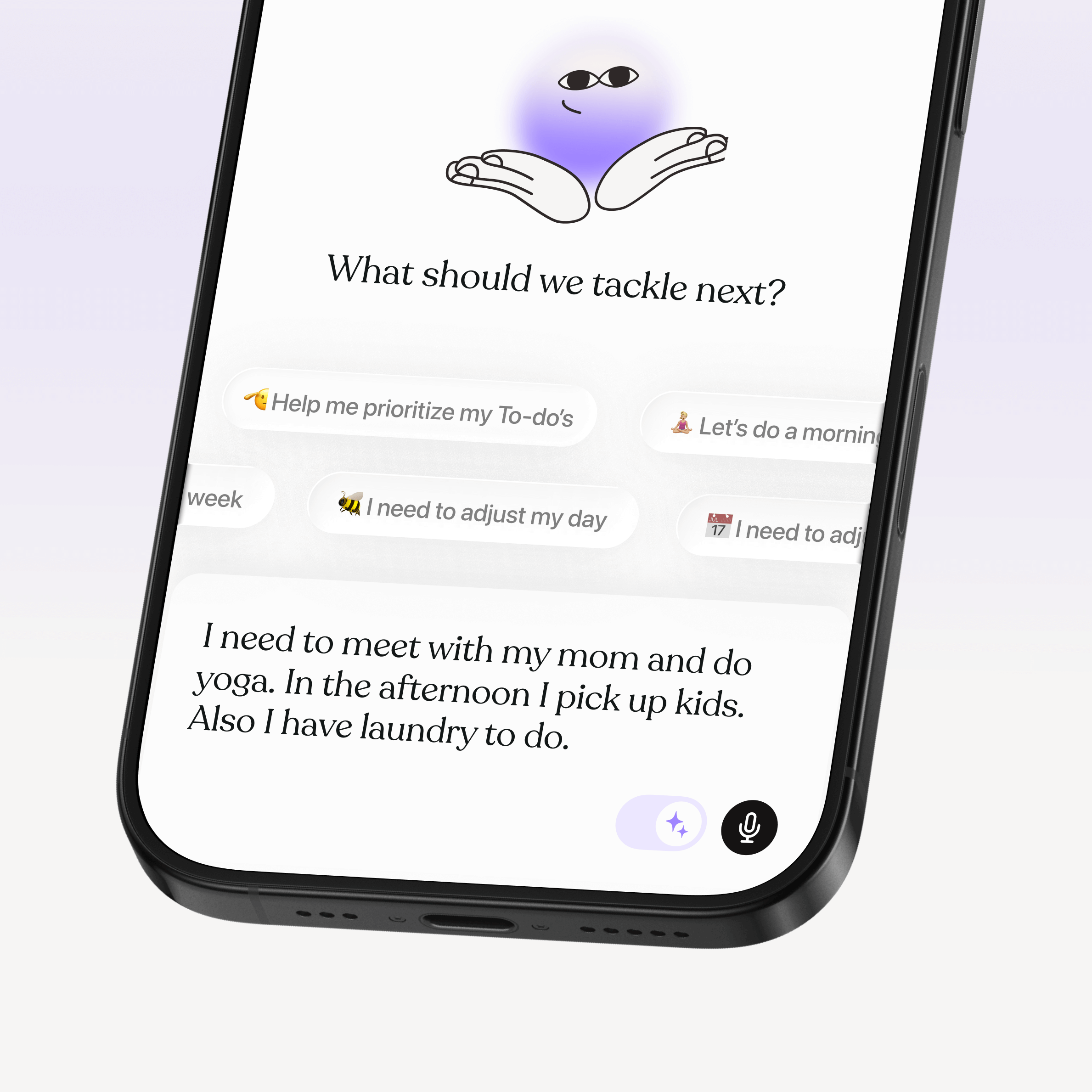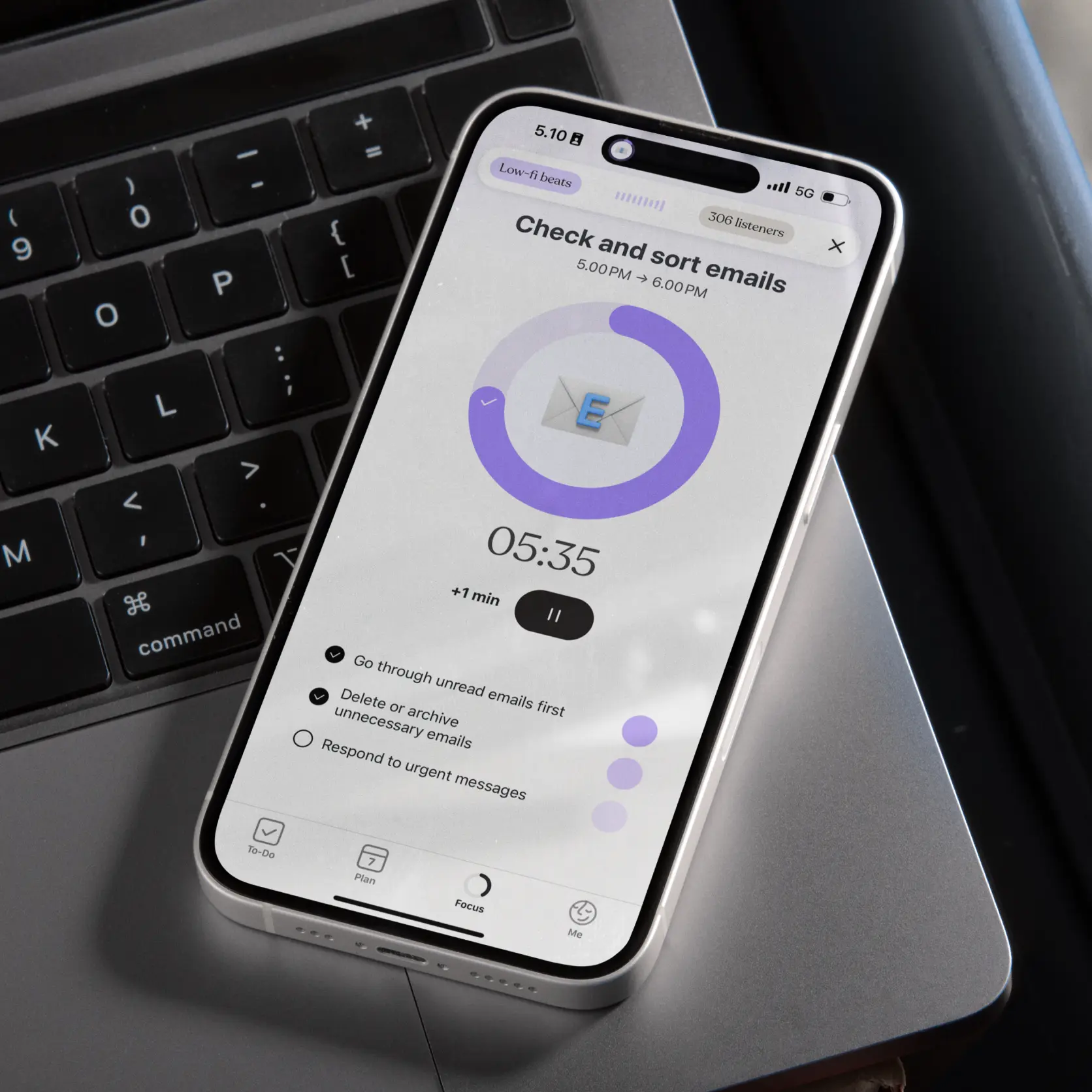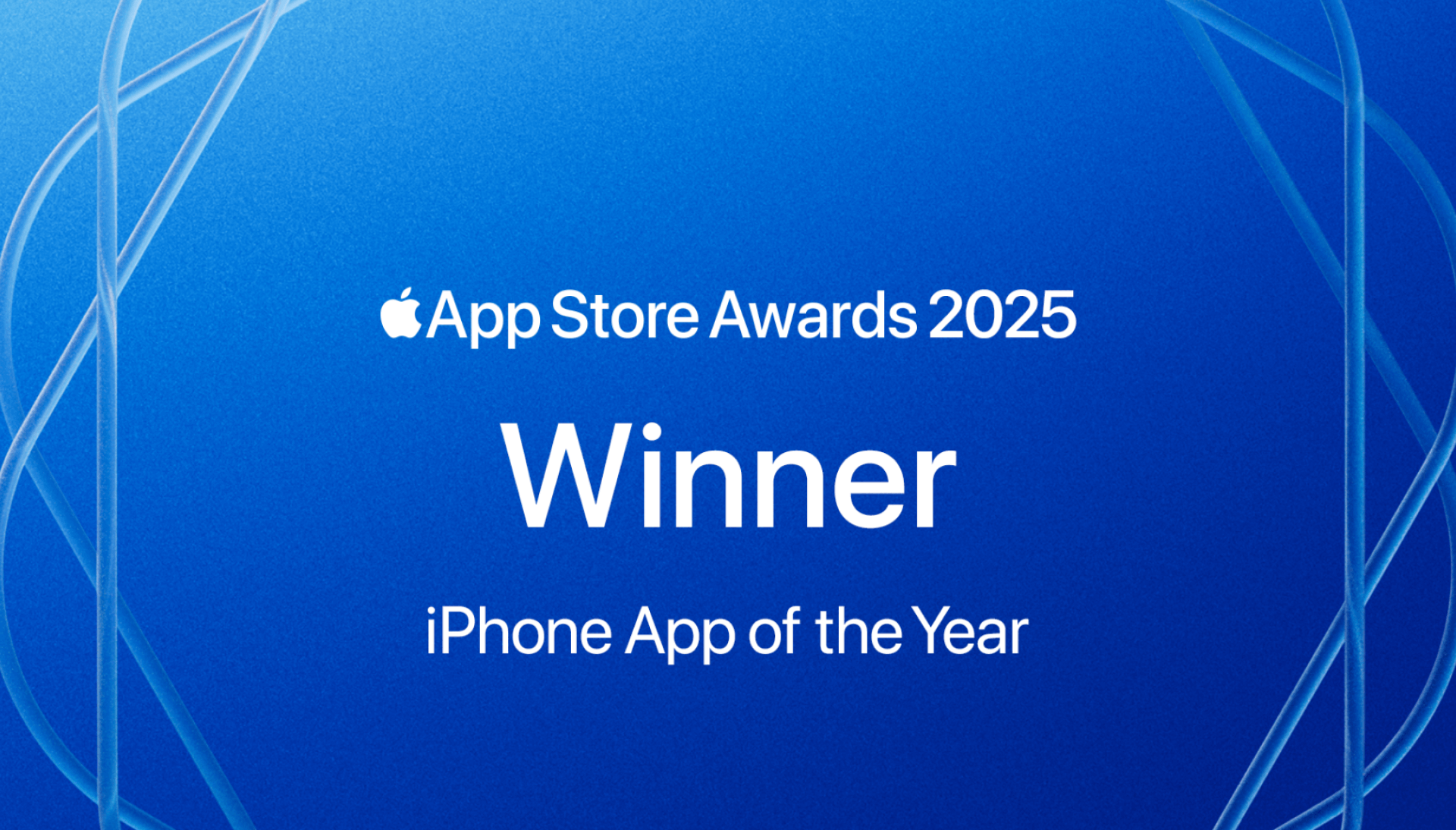Building genuinely inclusive workplaces
Creating genuinely neurodiversity-friendly work environments means managers and team leaders need to completely rethink how productivity gets measured and how success gets defined. This requires moving toward real systemic changes that benefit entire teams while particularly supporting neurodivergent employees.
Effective asynchronous work environments prioritize flexible scheduling whenever possible, explicitly separating productivity from online presence or traditional office hours. They replace unnecessary meetings with comprehensive written updates or asynchronous check-ins that allow people to contribute thoughtfully rather than thinking on their feet. Successful teams utilize shared project management tools that provide transparency about ongoing work without requiring constant verbal communication or status updates.
What really makes async environments work is building them on genuine trust. This means trusting employees to manage their own schedules and work styles while providing crystal clear expectations, reasonable deadlines, and solid communication protocols. It also means developing documentation and workflows that don't depend on any single person being immediately available, creating systems that are actually resilient and accessible for everyone.
These organizational changes create benefits that extend far beyond accommodating neurodivergent employees, though it's worth noting that what starts as accommodation often becomes innovation that helps everyone. Teams report lower stress levels, more opportunities for deep work, and clearer communication practices. The result is often higher-quality output and more sustainable work practices across the board, which makes sense when you think about it: if you design systems that work for people whose brains process differently, you're probably designing better systems overall. Research shows that well-connected teams see a productivity increase of 20–25%, and employees who feel included in more detailed workplace communication are almost 5 times more likely to report increased productivity(1)
Acknowledging the limits of access and privilege
While the advantages of asynchronous work are substantial, we have to be honest about who gets access to these opportunities and who doesn't. Remote and asynchronous positions are heavily concentrated in white-collar industries like technology, design, marketing, and writing, while entire sectors—healthcare, education, hospitality, retail, direct care work—offer limited or no flexibility around scheduling and location. If you're a nurse, a teacher, a barista, or a home health aide, the promise of asynchronous work can feel pretty hollow.
These disparities get more complicated when you layer in class, geography, educational background, and industry access. Many neurodivergent people work in fields that require physical presence, real-time coordination, or immediate responsiveness, making flexible work arrangements effectively inaccessible. It's frustrating to read about the benefits of remote work when you're stuck in a job that doesn't offer these options, and it's important to acknowledge that reality while we're advocating for change. As we advocate for more neuroinclusive workplace practices, we must continue examining these structural inequalities and developing strategies to expand accessibility across different types of work.
The conversation about inclusive work practices cannot be complete without addressing these limitations and working toward solutions that extend beyond traditionally flexible industries.
Envisioning a more inclusive future
The shift toward asynchronous work models represents more than just a workplace trend. It's a genuine opportunity to create environments where diverse ways of thinking, working, and contributing are actually valued instead of just tolerated. For neurodivergent people, these changes aren't about lowering expectations or reducing standards. They're about creating spaces where different neurological patterns can become genuine assets instead of constant obstacles to navigate around.
When organizations embrace asynchronous work thoughtfully and intentionally, they move way beyond basic compliance with disability accommodations. They start building cultures where more people can participate fully, contribute their unique perspectives, and feel genuinely valued for who they are. This kind of shift benefits everyone by creating more resilient, creative, and sustainable work environments that actually work for human beings.
The future of work doesn't have to revolve around constant availability, immediate responses, or standardized productivity metrics that were designed for a completely different era. Instead, it can be built around trust, clear communication, and flexibility that acknowledges the full spectrum of human diversity and neurological differences. This represents the kind of workplace transformation that's genuinely worth working toward, one where inclusion isn't an afterthought but a fundamental principle that shapes how we collaborate and create together.
(1) Pumble Team. "Workplace Communication Statistics in 2025." Pumble, Dec. 2024, pumble.com/learn/communication/communication-statistics/.









